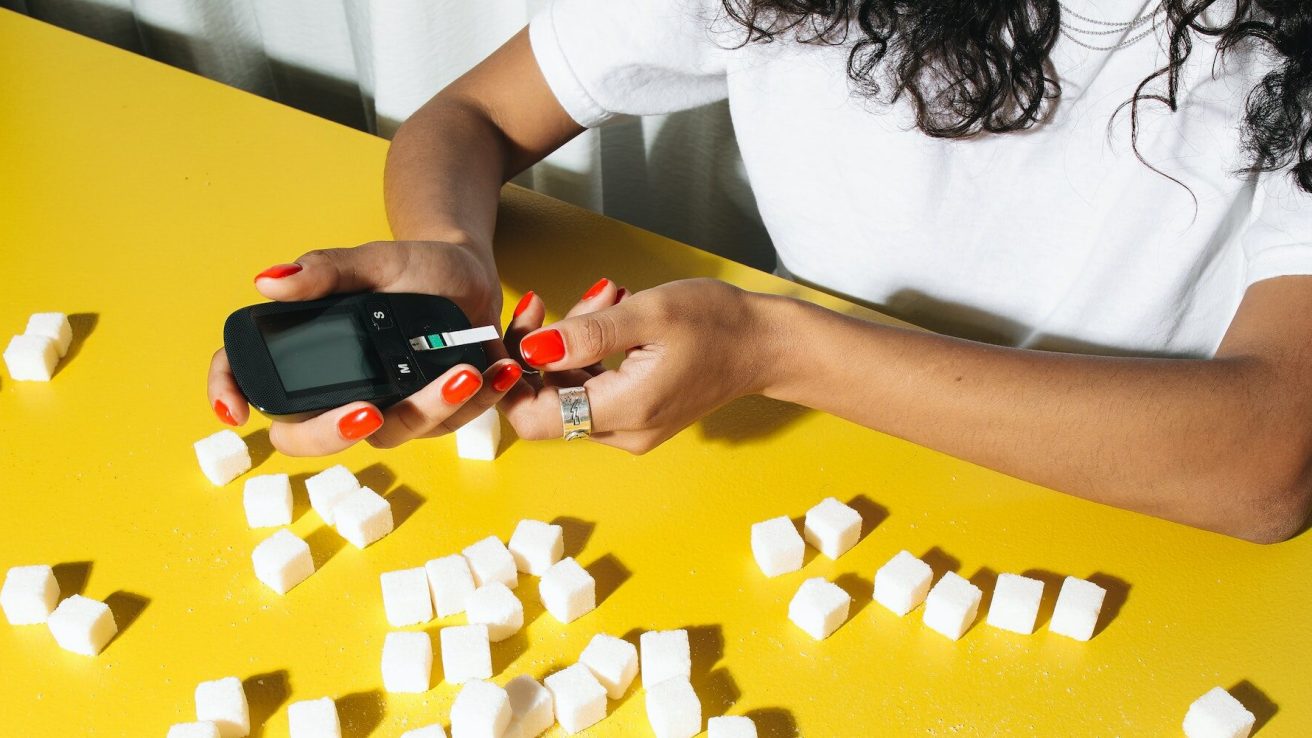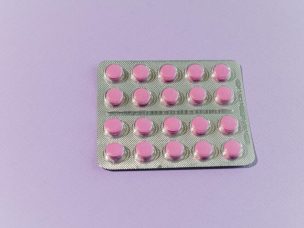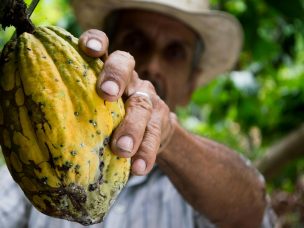Additional 17 percent of undiagnosed women aged younger than 50 years could be reclassified as having diabetes mellitus.
Women aged younger than 50 years have a markedly lower hemoglobin A1c (HbA1c) distribution than men, according to a study published online Sept. 30 in Diabetes Therapy to coincide with the annual meeting of the European Association for the Study of Diabetes, held from Oct. 2 to 6 in Hamburg, Germany.
Noting that women are diagnosed with diabetes mellitus at a later age than men, David Holland, from The Benchmarking Partnership in Alsager, England, and colleagues analyzed the HbA1c levels of 146,907 individuals who underwent single testing only and had HbA1c ≤50 mmol/mol in one laboratory between 2012 and 2019 (cohort 1). The findings were replicated among 938,678 individuals tested in six laboratories between 2019 and 2021 (cohort 2).
The researchers found that women younger than 50 years old had markedly lower HbA1c distribution than men in cohort 1, by a mean of 1.6 mmol/mol, while the difference in distribution of HbA1c was less pronounced for individuals aged 50 years and older (mean difference, 0.9 mmol/mol). HbA1c in women lagged by up to 10 years versus men among those aged younger than 50 years. In cohort 2, the findings were similar. An estimated additional 17 percent of undiagnosed women aged younger than 50 years in England and Wales could be reclassified as having diabetes mellitus, which could contribute to up to 64 percent of the mortality rate difference for men/women aged 16 to 50 years with diabetes mellitus.
“We suggest that the threshold for diagnosis of diabetes mellitus may be too high by approximately 2 mmol/mol in women under the age of 50,” the authors write.









